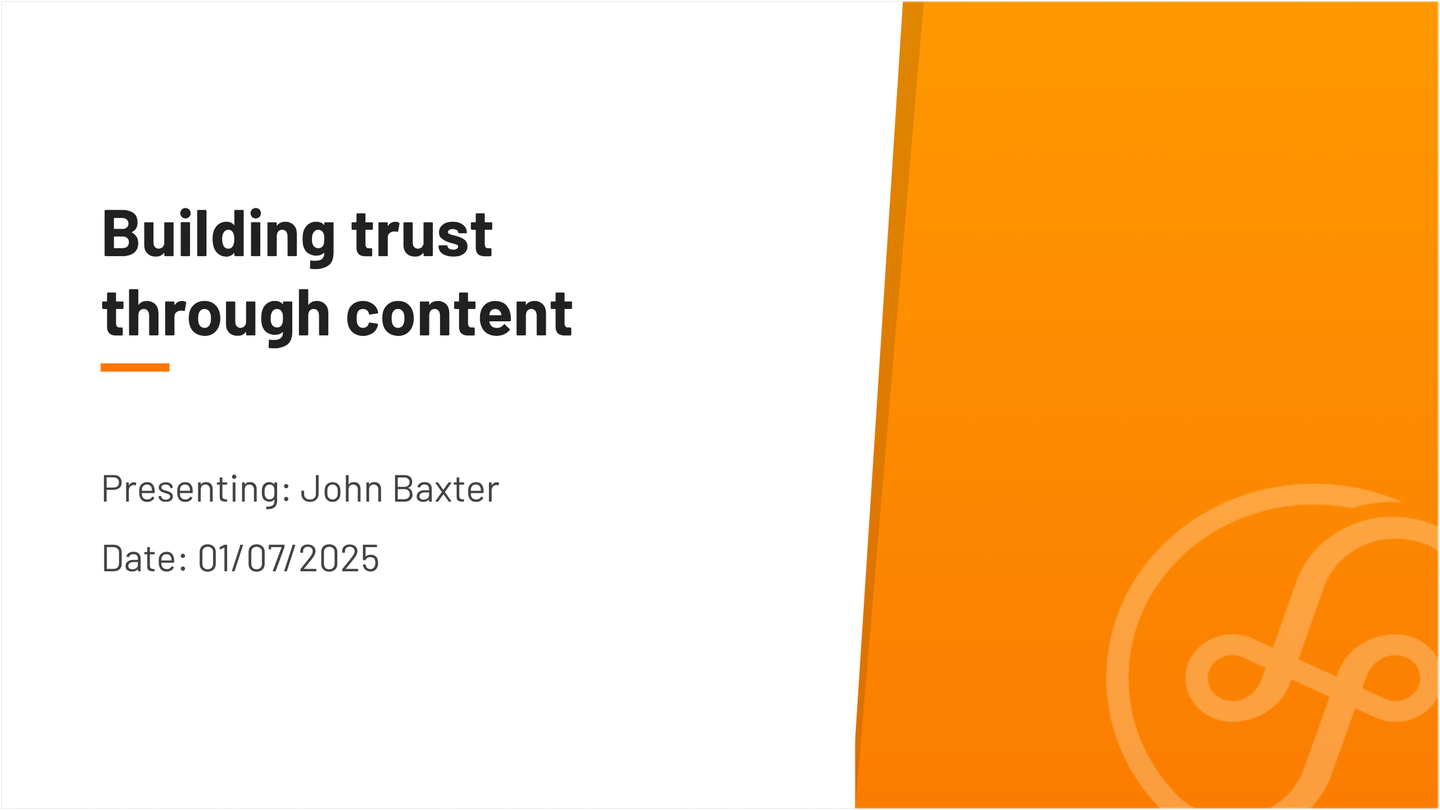In today's fast-paced digital landscape, the speed at which your website loads can significantly impact user experience, search engine rankings, and ultimately, your bottom line. Optimising page speed is not just a technical necessity but a strategic imperative.
Here are our top tips to help you rev up your website's performance.
What You Can Do
Optimise Images Without Sacrificing Quality
Images are often the biggest culprits when it comes to sluggish page loading times. While high-quality visuals are essential for a professional website, oversized images can put the brakes on your speed.
Invest in image optimisation tools that compress files without compromising quality. Or you can use online tools such as ImageOptim. By striking the right balance between quality and size, you ensure your website looks sharp and loads swiftly.
Invest in Reliable Hosting
Your website's speed is only as good as your hosting provider. If you're experiencing slow load times, it might be time to evaluate your hosting plan. Opt for a reliable hosting service that can handle your website's traffic and provides ample resources.
You could also consider a content delivery network (CDN) to distribute your website's assets across multiple servers worldwide, reducing the physical distance between your site and its users. A robust hosting infrastructure ensures your website loads quickly, regardless of the user's location.
Host your Videos Off-Site
Video files are enormous! Don't store them on your own website, but instead host them on YouTube or Vimeo and embed them on your site. You get the added benefit of their streaming technology that will adapt the video quality to your users internet speed and they will keep your hosting bills down, phew!
Reduce Your Tracking
Tracking your users and their behaviours is vital in understanding their needs and thus improving their journey and your conversions, but having a ton of tracking scripts can really slow your site down. Think carefully about what systems you wish to implement, and try not to use too many. Apart from images that are too big, this is the number one culprit that we see for slowing websites down.

What Your Web Agency Can Do
Implement Browser Caching
Browser caching is a simple yet effective way to accelerate page speed. When a user visits your website, elements like images, stylesheets, and scripts are stored in their browser's cache. Subsequent visits result in faster load times as these elements don't need to be re-downloaded. We can configure your server to specify how long browsers should cache your content.
Strategic caching can significantly reduce server response times and enhance the overall user experience, particularly for returning visitors.
Minimise HTTP Requests
Every element on your web page, be it images, stylesheets, or scripts, requires an HTTP request to load. The more elements, the more requests, and consequently the slower the page. LTM can help you audit your website for unnecessary elements and trim down where possible.
Fewer HTTP requests mean faster load times, helping your visitors access the information they need swiftly.
Prioritise Critical Rendering Path
The critical rendering path is the sequence of steps browsers take to render the content on a web page and is crucial for faster perceived load times. Again, we can help by prioritising the loading of above-the-fold content to ensure users see the most important parts of your page quickly.
Contact the LTM team for further advice.

In conclusion, a fast-loading website is not just a technical luxury but a business necessity. By implementing these practical tips, you can enhance your website's page speed, delivering a seamless experience for your users and staying ahead in the competitive digital landscape. Remember, in the world of the web, speed is not just a feature; it's a competitive advantage.










